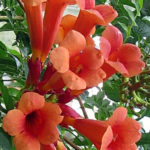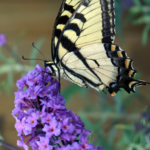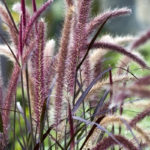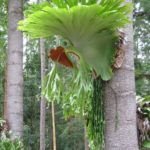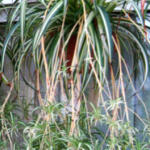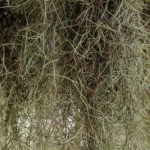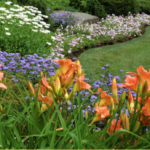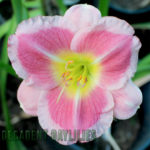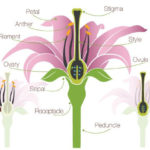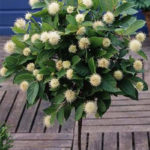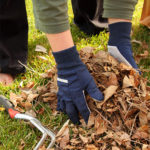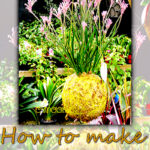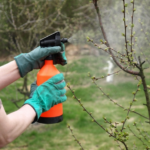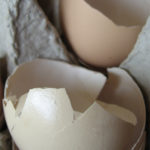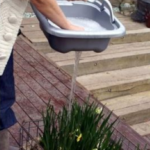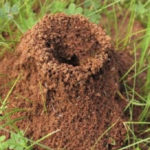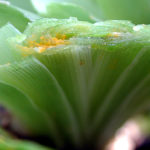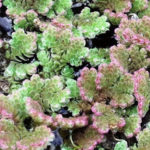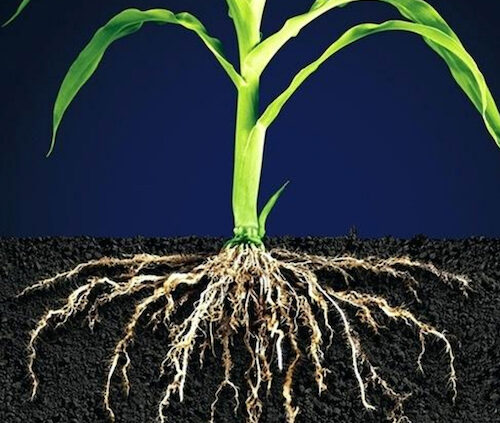
Liquid Plant Tonics vs Granular Soil Fertilisers
Gardening Plants With Soil Tonics And Granular Fertilisers
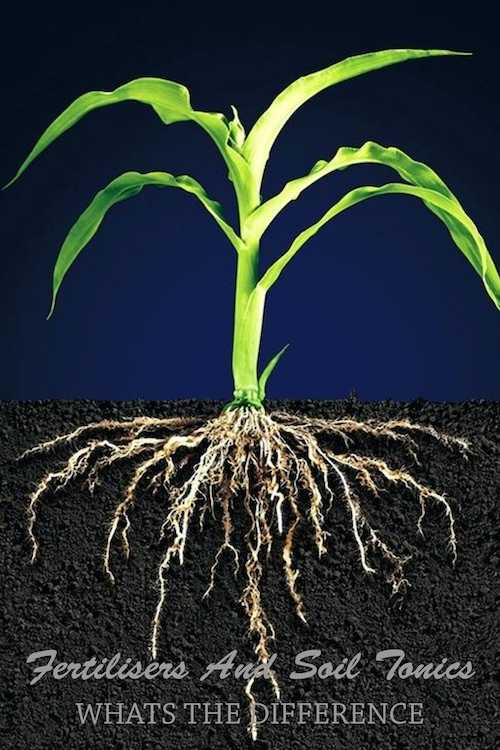 With a gardening store down the street and online shopping at your fingertips, probably you have noticed on the store shelf, besides fertilisers, there are also soil and plant tonics available in various stores around Australia. Here is help in deciding which one to choose. Are they one and the same, or is there a difference between the two. While both of them are meant to be used for the wellbeing of a healthy garden, each one has its own purpose. In many cases, soil tonics and fertilisers are sold together because they can be a great combo. I use both fertilisers and soil tonics in one season for different reasons. By using one as well as the other, this can make sure that your plants thrive and grow healthy and beautiful. Fertiliser should have a clear purpose that is, make sure that your plants have sufficient nutritious substances in the soil. As the name suggests, soil tonics improve the quality of the soil around the plant, helping it accommodate faster by creating a more welcoming environment. Lets see the difference, how fertilisers and soil tonics differ and how they are able to keep your plants healthy.
With a gardening store down the street and online shopping at your fingertips, probably you have noticed on the store shelf, besides fertilisers, there are also soil and plant tonics available in various stores around Australia. Here is help in deciding which one to choose. Are they one and the same, or is there a difference between the two. While both of them are meant to be used for the wellbeing of a healthy garden, each one has its own purpose. In many cases, soil tonics and fertilisers are sold together because they can be a great combo. I use both fertilisers and soil tonics in one season for different reasons. By using one as well as the other, this can make sure that your plants thrive and grow healthy and beautiful. Fertiliser should have a clear purpose that is, make sure that your plants have sufficient nutritious substances in the soil. As the name suggests, soil tonics improve the quality of the soil around the plant, helping it accommodate faster by creating a more welcoming environment. Lets see the difference, how fertilisers and soil tonics differ and how they are able to keep your plants healthy.
When Should You Use Fertilisers
Granular fertilisers are added to the ground to focus on plant growth. After it is applied fertilisers have balanced NPK ratio of Nitrogen Phosphorous and Potassium. Fertilisers should be used on plants during their vegetation period. The vegetation period usually starts in mid-spring and lasts until late autumn, according to the types of plants you grow. During this period, the plants grow, produce flowers and fruits, as well as multiply. While it is not recommended to apply fertilisers in the resting period of the plant. Choose the right fertiliser according to the type and needs of your plant and simply follow the instructions on the product’s label, concerning the quantity and frequency of use.
When Should You Use Soil Tonics
Soil tonics are not fertilisers, they are a blend of balanced vitamins, trace elements and amino acids purely used for the growth of plants. They do not contain the same elements as fertilisers. But, you do need their help, they make the soil better for your plants.
- When transplanting a plant in the garden.
- To give plants a direct nutrient boost through the leaves.
- Added to the soil when plants are stressed, even by the lack of water.
- As a protective means against diseases.
- Improve the plants health.
- And for feeding the plants more effectively for healthy plant growth
What Do Fertilisers Do
Fertilisers have essential nutrients in their composition, nutrients that are needed by the plant to grow and develop. Plants take nutrients from the soil and, with the help of light and photosynthesis, transform them into energy. This energy is used for growing stems, leaves, flowers, fruits, this aids the plant to develop and thrive by growing beautiful foliage, a large number of flowers, and fruits. Still, this is not a reason to apply more fertiliser than necessary.
What Do Soil Tonics Do
Soil Tonics are great because they
- Stimulate root growth
- Strengthen cell walls of plants
- Lessen or recover from transplanting shocks, whenever you need to move a plant to a different spot or bring new plants into your garden.
- It also reduces stress created by water deprivation
- Makes plant roots stronger against diseases.
- Fertilisers make the best coloured flowers
- Speed up and increase growth
- Used together with fertilisers, it makes the fertiliser more effective, as it increases its absorption rate.
How Often Can You Apply Fertilisers
In the vegetation period, plants that are grown in rich healthy soil need much less fertiliser once or twice a year, while plants growing in poor soil will need one application per fortnight to keep the plants growing. But, the frequency should be connected to the type of the plant and fertiliser. Be a smart gardener and always apply the amount of fertiliser as stated on the label of the product. Tonics of half strength are very important when planting seeds and young plants, they ensure a proper feeding of the new plant, allowing it to grow properly without burning the roots.
How Does A Soil Tonic Work
Soil tonics can be used both ways, by drenching the soil with a seaweed extract or fish emulsion. Tonics are more readily used by spraying the foliage as a foliar spray to feed the plant through the leaves but can be used as a soil tonic. Both ways are great tonics for your garden. These two top selling soil tonics are organic based products one made of kelp, the other made from fish. Some gardeners love to make their own soil drench and foliar sprays out of different animal manures, worm casting adding mineral dust and composts for free. Once the compost has rotted it can be watered down and made into a liquid. Or find numerous other popular brands of liquid tonics and soluble fertilisers while shopping at your local garden supplier.
How Do You Use A Soil Tonic
Most people spray soil tonics around their garden on top of the leaves but this is wrong! They are not aware that the soil tonics are increased when absorbed through the stomata pores, they are located mostly on the underside of the leaves. This means that you must coat under the leaves with a very fine mist spray for the plant tonic to take affect through the plants leaves. There are better times of the day to do this and that is to apply and feed the plants foliage, when the foliage stomata pores are wide open, and this happens to be earliest hours of the mornings or in the evenings, when the weather is humid and the temperature is less than 25 C, this is the only time the stomata is able to rapidly absorb the nutrients of the foliar spray. Throughout the middle of the day, the stomata pores close. The soil and plant roots must be damp and not dry for the tonics to perform through the stoma. If the plant is susceptible to rust disease or any other fungus, I would suggest spraying early mornings only. A wetting agent may be necessary to help entry into the foliage with the plant tonic.
Why Do Plants Need A Feed
Plants cannot go without food. If you want to have a gorgeous garden full of beautiful happy plants, you need to feed them. Fertilisers are even more important in the case of potted plants, which consume the nutrients in the soil faster, even though the amount of soil they are planted in is limited.


